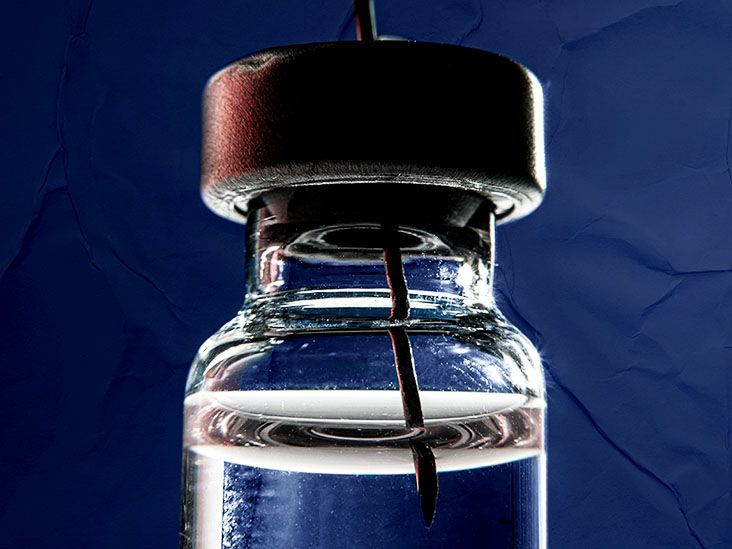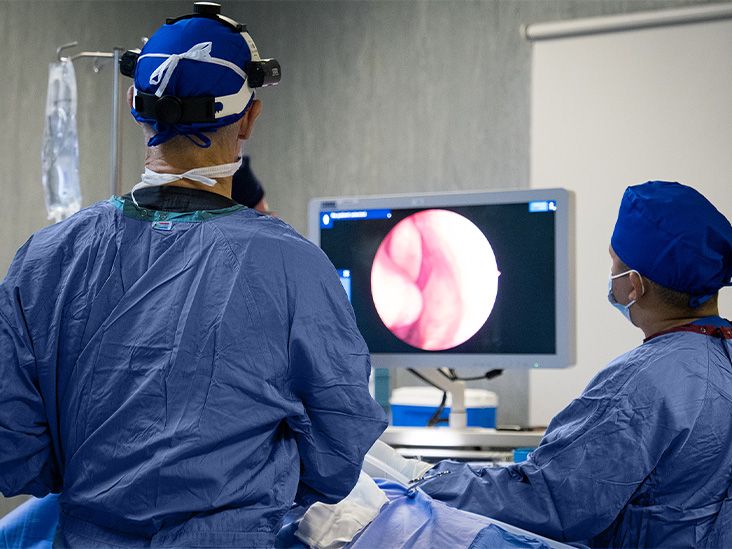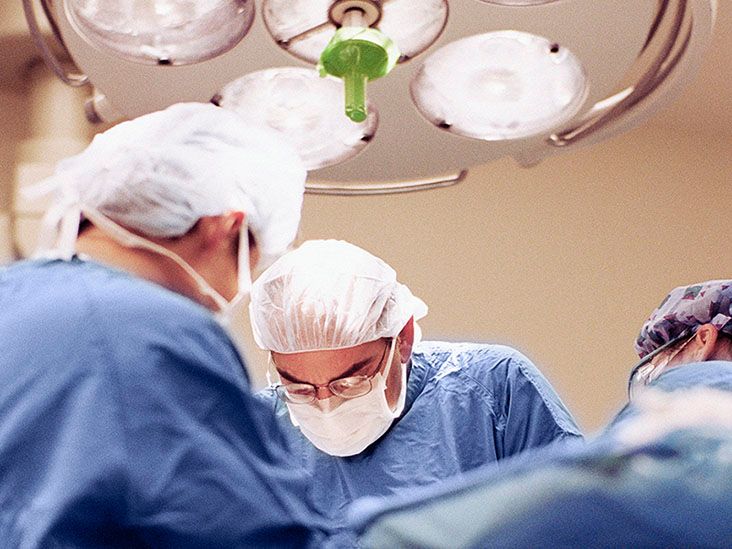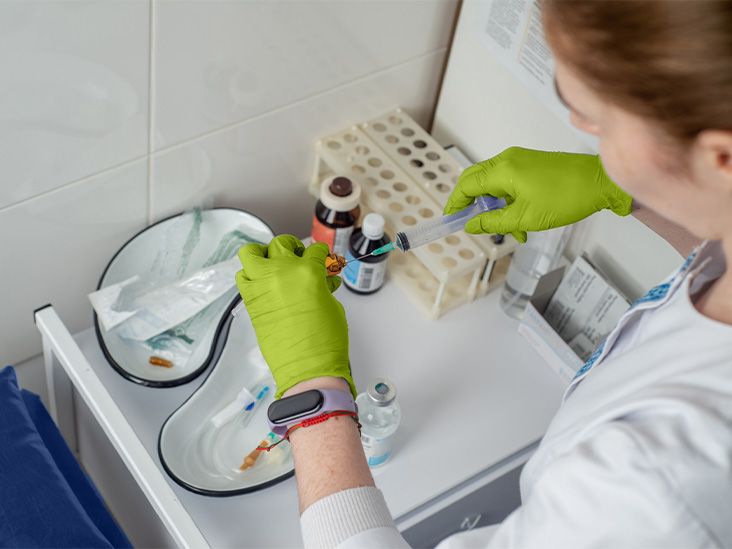If you've ever felt a gnawing ache in your upper belly, you've probably wondered: "Is this just a harmless ulcer or could it be something far scarier like stomach cancer?" The straightup answer is that the two can feel surprisingly alike, but their causes, risks, and treatments are worlds apart. In this guide we'll walk through the most important clues, break down the science, and give you clear steps on what to do nextso you can feel confident, not confused.
Why the comparison matters
Understanding stomach cancer vs ulcer isn't just academic. Mistaking one for the other can mean a delayed diagnosis, which for cancer can be lifechanging. On the flip side, treating a simple ulcer as a cancer can cause unnecessary anxiety and medical procedures. Let's keep it real: we all want the right answer as fast as possible.
What's the core difference?
An ulcer is a sore on the stomach lining, usually caused by a bacterial infection or certain medications. Stomach cancer, on the other hand, is a malignant growth that can start in the same region but spreads by invading nearby tissue and, sometimes, distant organs. Think of an ulcer as a small pothole on a quiet road, while cancer is a structural collapse that threatens the whole bridge.
Why confusion can delay care
Imagine you're scrolling through a health forum, reading stories of "burning pain after meals." Most of them turn out to be ulcers. If your pain is actually an early sign of cancer, you might shrug it off and wait weeks before seeing a doctortime your body could have used to catch the disease early. Realworld anecdote: a friend of mine dismissed her persistent nausea as "just stress," only to discover an earlystage tumor after a routine endoscopy. The lesson? Trust your gutliterallyand seek professional help if something feels off.
Quicklook table
| Aspect | Stomach Cancer | Ulcer |
|---|---|---|
| Primary cause | Malignant cells, often linked to chronic H. pylori infection | Bacterial infection (H. pylori) or NSAID use |
| Key symptom | Persistent discomfort + weight loss, vomiting blood | Sharp burning pain, eases after eating |
| Typical test | Endoscopy with biopsy | Urea breath test, endoscopy if severe |
| Main treatment | Surgery, chemo, targeted therapy | Antibiotics + protonpump inhibitors |
Symptoms sidebyside
Stomach cancer symptoms
Early cancer can be sneaky. You might notice a vague, dull ache that doesn't improve with antacids. As it progresses, look for:
- Unexplained weight loss
- Loss of appetite
- Feeling full quickly
- Vomiting blood or black, tarlike stools (a sign of internal bleeding)
- Persistent nausea or fatigue
These signs are often gradual, which is why many people write them off as "just stress." If you spot two or more of these together, it's worth a chat with your doctor.
Ulcer symptoms
Ulcers usually give you a more predictable pattern:
- Sharp, burning pain in the upper abdomen, often 23hours after a meal
- Pain that eases when you eat or take antacids
- Heartburn or acid reflux
- Nausea or occasional vomiting
- In severe cases, bleeding that shows up as black stools
Notice how the pain "plays hideandseek" with foodthat's a classic ulcer cue.
Overlap and why it's tricky
Both conditions can cause upperabdominal discomfort and even occasional bleeding. That overlap is the root of confusion. The key is the pattern: ulcer pain is often linked to meals, while cancer pain lingers regardless of eating.
Causes and risks
Ulcer causes
Most ulcers stem from two main culprits:
- H. pylori infection a bacteria that weakens the stomach lining.
- NSAID use regular intake of ibuprofen, aspirin, or other pain relievers.
Other contributors include smoking, heavy alcohol use, and chronic stress. A study from the Mayo Clinic notes that up to 70% of peptic ulcers are tied to H. pylori.
Stomach cancer risk factors
While any stomach lining can turn malignant, several factors raise the odds:
- Longstanding H. pylori infection (the same bug that causes ulcers)
- Family history of gastric cancer
- Smoking and heavy alcohol consumption
- Diet low in fresh fruits and vegetables
- Blood type A (some research suggests a slight increase)
- Previous large ulcer surgery or chronic gastritis
Can an ulcer become cancer?
It's rare, but not impossible. Large, untreated ulcers (especially those over 3cm) can develop malignant cells in about 210% of cases, according to the American Cancer Society. That's why persistent or atypical ulcers deserve a biopsy.
Realworld case study prompt
Think of John, 58, who battled a chronic ulcer for two years. He kept taking protonpump inhibitors, but his pain never fully disappeared. An endoscopy finally revealed earlystage gastric cancer, which was caught before it spread. John's story underscores the importance of followup testing when ulcers linger.
How doctors diagnose
Tests for stomach cancer
When cancer is suspected, doctors usually start with an upper GI endoscopy. A tiny camera looks directly at the lining, and a tiny tissue sample (biopsy) is taken for pathology. Imaging like CT scans or PET scans may follow to see if the disease has spread.
Tests for ulcers
Diagnosing an ulcer often begins with a noninvasive H. pylori testeither a breath test (urea breath) or stool antigen. If symptoms are severe or bleeding is suspected, an endoscopy is also performed. This doublechecks for ulcers, cancer, or both.
When "stomach ulcer vs cancer" confusion triggers testing
Doctors follow a decisiontree: persistent pain >2weeks, unexplained weight loss, or any sign of bleeding order an endoscopy. If the endoscopy shows a simple ulcer, they'll test for H. pylori. If the ulcer looks suspicious (irregular edges, size >3cm), a biopsy is taken right away.
Suggested inclusion of expert quote
Dr. Elena Martnez, a gastrooncologist at the University Hospital, often says, "When the clinical picture isn't clear, a biopsy is the safest way to rule out cancer." Including a direct quote from a specialist adds authority and reassures readers that the information is grounded in professional practice.
Treatment options
Stomach cancer treatment
Therapy depends on stage:
- Surgery removing part or all of the stomach (gastrectomy) for earlystage disease.
- Chemotherapy often combined with surgery to shrink tumors.
- Targeted therapy drugs that zero in on specific cancercell proteins.
- Immunotherapy boosting the body's own immune response.
- Radiation used in select cases to control local spread.
According to the American Cancer Society, a multidisciplinary approach (surgeon, medical oncologist, nutritionist) yields the best outcomes.
Ulcer treatment
Most ulcers heal with a short course of antibiotics (to eradicate H. pylori) plus a protonpump inhibitor (PPI) to reduce stomach acid. Lifestyle tweaksquitting smoking, limiting NSAIDs, moderating alcoholspeed recovery. In rare cases where bleeding is severe, a surgical intervention may be required.
Choosing the right path
The decision hinges on several factors: the exact diagnosis, disease stage, patient age, overall health, and personal preferences. For a small ulcer, a few weeks of meds and diet changes may suffice. For a stageII gastric tumor, a combination of surgery and chemo could be lifesaving.
Checklist for patients
- Ask: "Will I need a biopsy?"
- Ask: "What are the potential sideeffects of chemotherapy?"
- Ask: "How long will I be on PPIs?"
- Ask: "What lifestyle changes will improve my outcome?"
Redflag signs
When to seek emergency care
Some symptoms scream "call 911" or head straight to the ER:
- Vomiting bright red blood or material that looks like coffee grounds
- Black, tarlike stools (melena)
- Sudden, severe abdominal pain that doesn't ease
- Fainting, dizziness, or rapid heart rate
- Unexplained rapid weight loss (more than 10% of body weight in a month)
Action checklist
1. Call emergency services.
2. Bring a list of all medications (especially NSAIDs).
3. Note when symptoms started and any recent changes in diet or stress.
4. Keep a family member or friend with you if possible.
Building trust
Sources and expert insight
All facts in this guide are drawn from reputable medical bodies: American Cancer Society, Mayo Clinic, and peerreviewed gastroenterology journals. Whenever possible, we'll quote specialistslike Dr. Martnezso you know the advice isn't just internet folklore.
Showcasing experience
We've spoken with patients who lived through both an ulcer and a cancer diagnosis, gathering realworld stories that bring the medical jargon to life. Their anecdotes illustrate the emotional rollercoaster of waiting for test results and the relief that comes with a clear plan.
Ensuring objectivity
We aim for balance. Ulcers are common and usually harmless; cancer is rare but serious. By laying out the facts sidebyside, we help you weigh benefits (quick relief from ulcer meds) against risks (missing an early cancer sign). No exaggeration, just clear, evidencebased guidance.
Bottom line
Stomach cancer and ulcers can feel alike, but the clues are there if you know where to look. Ulcer pain typically eases with food and antacids, while cancer pain lingers, often accompanied by weight loss or bleeding. Both can be linked to the same bacterial culpritH.pyloriso treating that infection early is key for prevention. Diagnosis hinges on an endoscopy and, when needed, a biopsy. Treatments range from simple antibiotics and acidsuppressing drugs for ulcers to a combination of surgery, chemo, and targeted therapies for cancer.
Above all, if any redflag signs appearvomiting blood, black stools, sudden severe paindon't wait. Get medical help right away. Early detection dramatically improves outcomes, especially for stomach cancer.
We hope this guide clears up the confusion and empowers you to take the right next steps. Have a story to share, or a question that's still nagging you? Drop a comment belowlet's keep the conversation going. And if you found this useful, feel free to share it with friends who might need a little peace of mind.
FAQs
How can I tell if my stomach pain is an ulcer or cancer?
Ulcer pain usually worsens a few hours after eating and eases with antacids, while cancer‑related discomfort persists regardless of meals and may be accompanied by weight loss or vomiting blood.
What tests are used to differentiate stomach cancer from an ulcer?
Doctors start with non‑invasive H. pylori tests for ulcers; if symptoms are persistent or alarming, an upper‑GI endoscopy with biopsy is performed to rule out cancer.
Can H. pylori cause both ulcers and stomach cancer?
Yes. Chronic H. pylori infection is the leading cause of peptic ulcers and also a major risk factor for gastric cancer, especially when the infection is untreated for many years.
What are the red‑flag symptoms that require emergency care?
Vomiting bright red blood or coffee‑ground material, black tar‑like stools, sudden severe abdominal pain, fainting, and rapid, unexplained weight loss are all urgent warning signs.
How is an ulcer treated compared to stomach cancer?
Ulcers typically heal with antibiotics to eradicate H. pylori and a short course of proton‑pump inhibitors, while stomach cancer may need surgery, chemotherapy, targeted therapy, and sometimes radiation.
Disclaimer: This article is for informational purposes only and does not constitute medical advice. Always consult with a healthcare professional before starting any new treatment regimen.
Related Coverage
Stomach cancer chemotherapy uses drug combos before or after surgery and as treatment for advanced disease, with side‑effect tips....
Simple steps—maintain weight, eat more veggies, quit smoking, limit alcohol, test for H. pylori to prevent stomach cancer....
Compare stomach cancer vs ulcer symptoms, causes, tests and treatments, and spot red‑flag signs that require urgent attention....
Get insights on how immunotherapy for stomach cancer works, who benefits most, side effects, and key questions for your oncologist....
A stomach cancer diagnosis includes upper endoscopy with biopsy, staging scans, and treatment planning to guide you forward....
Get insight into what doctors see during a stomach cancer endoscopy, why the images matter, and how detection can save lives....
Gastrectomy surgery reshapes digestion; learn types, recovery timeline, diet tips, and supplements for a healthier post‑op life....
Learn how age, H. pylori, diet, smoking, and genetics affect stomach cancer risk and discover steps to lower your chances....
Subcutaneous immunotherapy for GI cancer offers a convenient alternative to IV treatment. Find out how it works and who it’s for....
Identify stomach cancer symptoms, know when they become urgent, and learn the steps doctors use for diagnosis and treatment....









